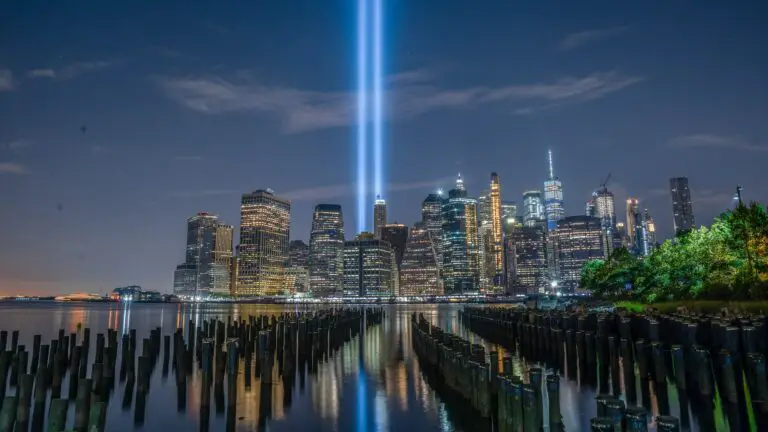September 11th, 2001: Remembering the Bravery of New York City Firefighters
As the clock approached 8:46 a.m. on a calm September Tuesday in 2001, little did thousands of New York City Fire Department (FDNY) members know that their lives, and the course of America, were about to take an irrevocable turn. The horrors of that day would cast a long shadow, even 22 years later.
On September 11th, the FDNY sounded the “total recall” alarm, summoning every firefighter, whether on duty or off, to respond to the terrorist attack. Over 8,600 firefighters, along with retirees, answered the call. Their mission: to rescue victims in the towering infernos, douse the flames, and tame the seemingly uncontrollable chaos.
That fateful day claimed the lives of 343 firefighters. Now, two decades later, the FDNY faces a somber milestone: more firefighters will have succumbed to the long-term effects of toxic exposure from 9/11 than on the actual day of the attacks.
In a recent interview with Fox News Digital, attorney Michael Barasch, managing partner at Barasch & McGarry, revealed the grim reality: “Last night, we lost our 340th firefighter… We knew how toxic the dust was. It had the pH level of Drano. And here at my law firm, we lose two clients every single day.”
Barasch is a legal advocate representing FDNY members battling illnesses related to the 9/11 attacks. Alongside retired FDNY Deputy Chief Richard Alles, he shed light on the enduring impact of these diseases, which include various cancers, and urged first responders to get screened for illnesses and explore victim compensation programs.
The toll of post-9/11 FDNY deaths reached 341 even before our inquiry to the New York City Fire Department was answered.
Describing the immediate aftermath of the attacks, Alles said, “It was like coming on the scene of a blizzard… You could barely breathe.” Ground Zero resembled footage from World War II London bombings, a four-square-block area of unimaginable devastation.
The air was tainted with the stench of death, a sinister blend of jet fuel, concrete dust, smoke, and burning chemicals. It clung to their skin, contributing to the high incidence of skin cancer in the 9/11 community, followed closely by breast and prostate cancers.
Barasch explained that the latency periods for these diseases vary, from months to years after toxic exposure. This implies that if you were diagnosed within these periods, it’s presumed your cancer resulted from exposure to the toxic dust, irrespective of family history.
The exposure didn’t end on September 12th; first responders from across the nation gathered for “our nation’s largest search and rescue operation,” while fires smoldered for 100 days. Breathing was a challenge as the air was thick with contaminants, with the pH level akin to Drano.
Alles and Barasch strongly advocated for early detection through regular check-ups. They emphasized that various cancers, including brain, lung, kidney, liver, and more, have afflicted 9/11 responders. Notably, uterine and endometrial cancers were only recently recognized for women in the 9/11 community.
Their advocacy has yielded results, with one FDNY member’s life being saved due to early detection after heeded advice. He was diagnosed with melanoma, an aggressive form of skin cancer, following a dermatologist’s examination.
Barasch’s law firm represented NYPD detective James Zadroga, a 9/11 first responder who developed pulmonary fibrosis and passed away in 2006. His death played a pivotal role in the passage of the “James Zadroga 9/11 Health and Compensation Act” in 2011, reopening the 9/11 Victim Compensation Fund.
Both Alles and Barasch encouraged those who were present in Manhattan’s Financial District during the attacks to access the benefits provided by the fund, stressing that early detection can save lives. They concluded by reminding us that “9/11 didn’t end on 9/11” and encouraged everyone to prioritize their health and well-being.

